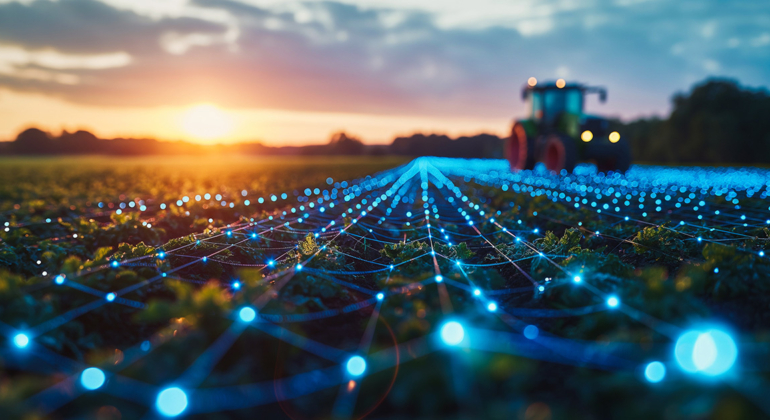Indigenous Peoples Day was last Monday, and like many days of recognition, it deserves more attention and reflection than 24 hours.
There are many issues indigenous communities face in America. Among these issues is the crisis of vastly disproportionate amounts of murdered and missing indigenous women. As our nation focuses more on cases of murdered and abused white women (a recent example being the widespread news coverage on the disappearance and murder of Gabby Petito), Indigenous Peoples Day is a reminder that violence against indigenous women has not only been described as an “epidemic” but is allowed to perpetuate by the failure of our institutions.
This is an issue here in Washington, with the state ranking second highest in the nation for missing indigenous women cases in urban areas. Seattle has the most cases of missing or murdered indigenous women among cities nationwide. Living in Western Washington, some of the largest and poorest reservations in the country are nearby in the Yakama and the Colville Reservations, but they are likely far from most of our thoughts. That is exactly where the problem lies.
Surrounding Indigenous Peoples Day, it is the perfect time to do more than gesture to how we are living on stolen land, but rather let us acknowledge and help solve the problems that continue to face local indigenous communities today.
One of the many causes of this institutional failure involve the various police jurisdictions. There are tribal police, but they are almost always unequipped and powerless to solve missing persons cases. The FBI would be the next group to step in on tribal lands, but missing indigenous women is often low priority and FBI offices are frequently hours away. In 2013 the Violence Against Women Act (VAWA) was reauthorized, giving tribal police forces the jurisdiction to investigate and prosecute cases of domestic violence involving both native and non-native offenders. However, this has not changed that the vast majority of missing indigenous women cases go unreported in federal databases, with 5,712 missing in 2016 and yet only 116 of those cases were recorded. The true number of missing indigenous women is likely much higher as many simply disappear and have no police looking for them.
Separate from the issue of the failure to solve the sheer number of cases of missing indigenous women, the primary issue is why indigenous women are the target of such a disproportionate amount of violence in the first place. Reservations in the US are frequently impoverished, with rampant drug and alcohol abuse contributing to violence against women. However, much of this violence is enacted upon indigenous women by people passing through the reservation. Approximately one in three indigenous women in the US will be sexually assaulted in her lifetime with 86% of the sexual assaults perpetrated by non-indigenous people. These crimes are frequently committed by people passing through, people living nearby tribal communities, and police officers. Native peoples are also more likely to be killed by police officers than any other demographic group in the US. This is racially-driven violence.
Missing persons cases and cold murder cases can always be difficult to solve, but with institutional biases against indigenous people this is especially difficult, leading many victims and community members wondering what is to be done. Fortunately there are nonprofit and grassroots organizations that have been created to meet the needs that our institutions are not. These grassroots movements have helped push Deb Haaland to become one of the first two indigenous women in Congress and now the Secretary of the Interior, giving her responsibility over federal relations with tribal governments. This is an excellent example of how grassroots movements can change systems in a way that puts pressure on both the top and bottom.
Sometimes simply drawing mass amounts of attention to issues such as these is enough to encourage national change. There are also actions we can take on a local level. There are a variety of organizations in the Pacific Northwest that we can support that help raise attention to these issues and do what they can within their resources to solve them. There are organizations like Mother Nation, a non-profit that offers culturally informed healing services, advocacy, mentorship, and homeless prevention in Washington State. Donating to these organizations, volunteering, and spreading the word about their initiatives on social media and in conversation can create momentum, making Indigenous Peoples Day not just a moment in time but a year-round movement.
In the words of Sarah Deer, a law professor at William Mitchell College of Law in Minnesota and member of the Muscogee Creek Nation, “Native women (traditionally) were always able to exercise political power and social power in their communities. If we can replace the violence with our strong cultural values about women, I think we’ll start to stem the tide of violence.”


